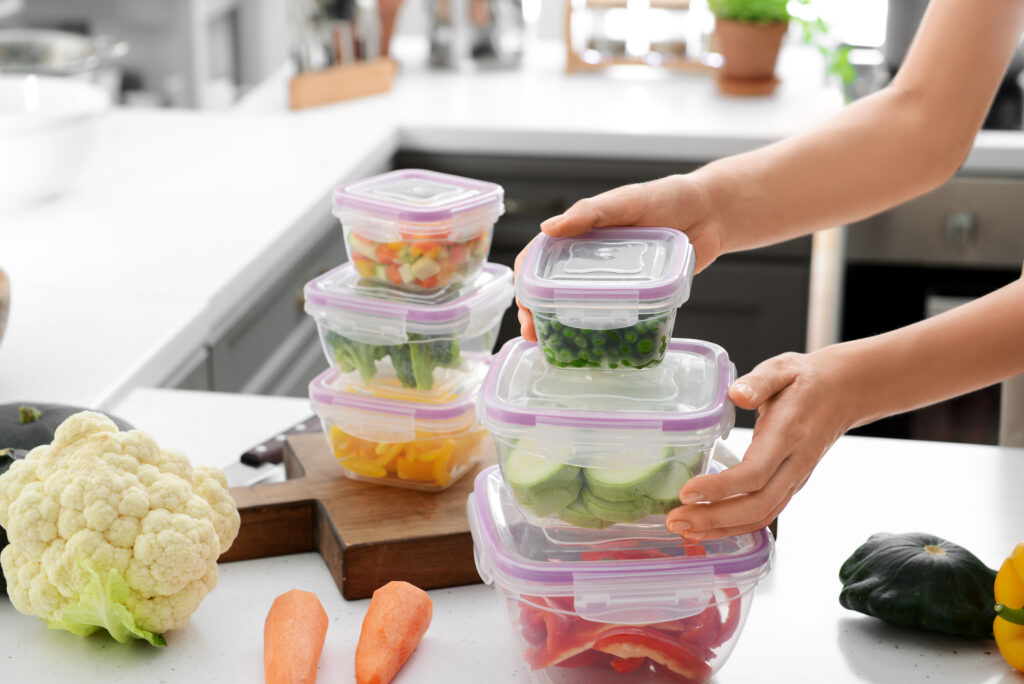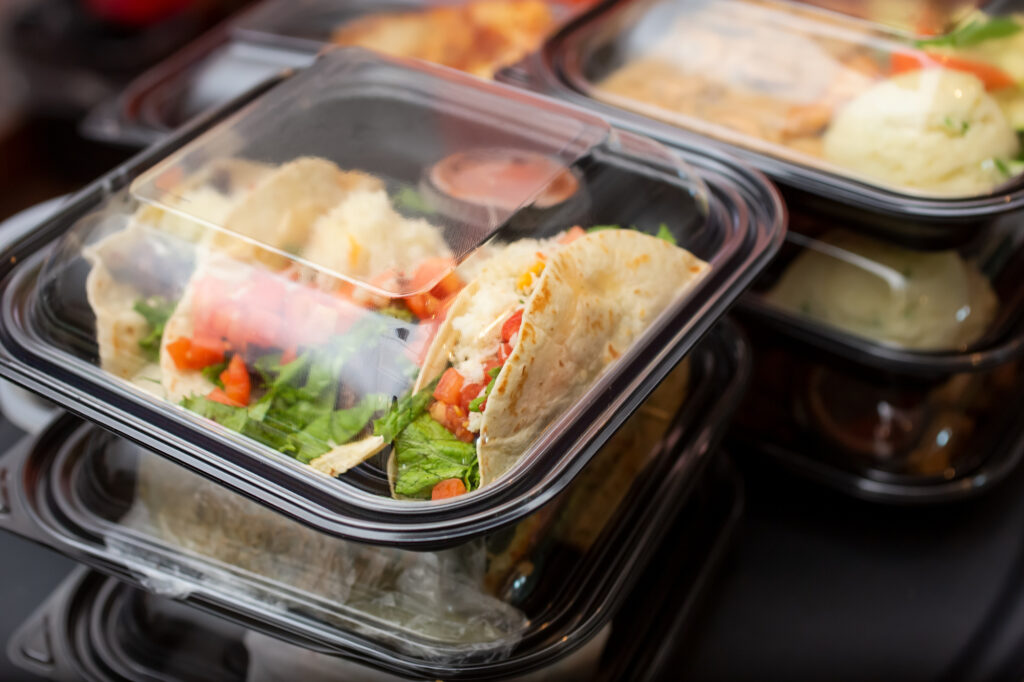Landfills receive an increasing amount of disposable packaging every year, a significant portion of which originates from household kitchens. As a response to this growing issue, reusable food packaging has risen in popularity, offering a way to reduce one’s carbon footprint and meet daily needs.
As a consumer, understanding the pros and cons of these alternatives will aid in making sustainable choices. Keep reading to expand your understanding of reusable food packaging.

The Basics Of Reusable Food Packaging
Reusable food packaging is designed to be used more than once, aiming to replace the throw-away culture dominating current food consumption habits. Instead of reaching for a plastic bag or cling film, imagine using a silicone bag or beeswax wrap. Food packaging solutions like metal containers, glass jars, cloth sacks, and more now provide alternatives that are both eco-friendly and practical.
The Pros Of Reusable Food Packaging
- Environmental Benefits
Adopting reusable food packaging can significantly reduce waste. With each use, you’re preventing potential waste from ending in landfills, reducing the frequency and volume of trash collections. In the broader picture, this means fewer harmful emissions from waste incineration and a substantial decrease in the demand for single-use plastic production, contributing significantly to global plastic pollution.
- Financial Benefits
Money-wise, reusable food packaging holds promise. While the initial investment might seem steep, the costs even out over time. Think of it this way: if you buy disposable sandwich bags for lunch every day, the cumulative cost over a year becomes significant. Reusable options may only require a one-time purchase, leading to long-term savings.
- Health Benefits
Opting for reusable packaging can be healthier, too. Some disposables leach chemicals when in contact with food, especially under heat. Most reusables, especially glass or stainless steel, don’t have this issue. Additionally, many reusables offer a tighter seal than disposables, which can protect fresh food or leftovers from potential contaminants.
- Convenience
Reusable food packaging can simplify daily routines. Have you ever had a disposable container leak in your bag? Many reusable options boast of leak-proof designs. Plus, they’re versatile. From the freezer to the oven, particular containers can withstand various temperatures, making food storage and preparation a breeze.
The Cons Of Reusable Food Packaging
- Upfront Costs
The initial costs of transitioning to reusable food packaging can be surprising. While a pack of disposable plastic bags might set you back a few dollars, a set of silicone storage bags or a quality stainless steel container is pricier in comparison. It’s essential to view these items as an investment. Over time, as you use them repeatedly, their cost per use significantly drops, often making them more economical in the long run.
Still, you can’t ignore budget constraints. Spending more upfront can be a deterrent, especially if you want to overhaul your entire food storage system. The immediate financial burden might be a genuine concern for some despite the evident long-term savings.
- Storage Space
Transitioning to reusable food packaging requires organizational skills. Unlike disposable packaging that you can fold or toss after a single use, reusables demand their own space. Glass containers, metal tins, and cloth bags, while eco-friendly, can quickly occupy your kitchen shelves and drawers.
The bulkier nature of some reusable options might be challenging, especially if you have a smaller kitchen or limited storage space. And, if you have multiple sizes and types of containers, finding a convenient and accessible storage system can be a task in itself.
- Cleaning
The convenience of disposables is evident in their name, ‘use and dispose.’ With reusables, however, there’s the added step of cleaning. Silicone, cloth, and some plastic alternatives might retain odors or stains, especially from foods with potent colors or aromas, like curries or beets. This means they might require more thorough scrubbing or soaking than anticipated.
Ensuring these items are adequately dried before storing is crucial to avoid mold or bacterial growth. Depending on the material, some containers may not be dishwasher safe, or they might warp under high temperatures, requiring hand washing.
- Limited Uses
Reusable food packaging is versatile, but it’s not a one-size-fits-all solution. For instance, certain metals can react with acidic foods, changing the flavor or even contaminating the food. Cloth bags, though fantastic for dry goods, aren’t suitable for liquids or wet items.
Some glass types are oven-safe, but rapid temperature changes can cause similar products to shatter. And while some plastics are freezer-safe, they might leach chemicals when heated. You must be well-informed about the materials you’re using and their suitability for various foods and conditions.

Best Practices For Using Reusable Food Packaging
It’s best to integrate reusable food packaging gradually to maximize the benefits. Start by introducing a few items into your routine, gauging their functionality for your needs.
Cleanliness comes next. Always prioritize washing your items after use, being mindful of each material’s specific care instructions. And keep learning; the more you know about your products, their durability, and their uses, the better your experience will be.
Tips For Making The Switch To Reusable Food Packaging
A 180-degree switch might feel overwhelming, so start small. Begin with one or two items that align with your daily needs. Choose products that resonate with you. Whether for aesthetics, function, or both, you’re more likely to use what you like. If you’re not ready to invest, practice with what you already have. Repurpose items like ice cream tubs or lidded jars as temporary reusable packaging.
Conclusion
Reusable food packaging, with its benefits and challenges, offers a way forward in our collective sustainability quest. By understanding these factors, you can make informed decisions. This leads to a greener tomorrow. Consider the profound ripple effect of your eco-conscious choices. Take action, inspire others, and shape a sustainable future, one package at a time.

